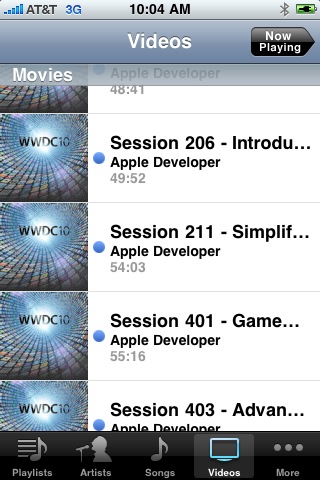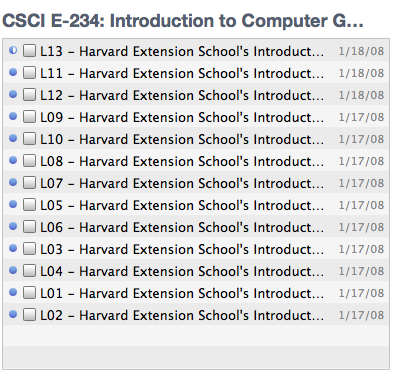Touch Notation lets me make gestural-input “cheat sheets†for touch-screen apps just as easily as I can make lists of keyboard shortcuts for desktop apps. The goal is to provide one possible way of talking precisely and accurately (I hesitate to quite say “scientificallyâ€) about touch-screen interaction. I thought it might be of interest to you too, so I’ve decided to share it.
I haven't given this a lot of thought, and don't know if this would be feasible or worth it, but: would it be possible to design a corresponding textual syntax that is both computer-parsable and relatively readable? I would imagine it should look as much as possible as the icon-based syntax. For example, Matt's example of "Swipe right with 2 fingers", which in Touch Notation is

could become "2=>". Or something — I just dashed that off the top of my head. This wouldn't be as expressive as sketching directly on a screenshot to indicate position and direction, but might still be useful.
There could be a Service that lets you select a snippet of text-based Touch Notation and puts the corresponding icons in the clipboard, in your choice of PDF, OmniGraffle format, or whatever. A desktop utility for generating the icons might also be useful. You wouldn't even need the textual syntax for this; you could enter parameters using radio buttons and such.
There could be an iOS app that lets you perform the gestures and then spits out the textual representation. Again, even without a textual notation, such an app could be used to generate the icons, which you could then paste into another iOS app or send to yourself for use on the desktop.
I don't know much about iOS programming — would it be possible to generate useful Objective-C code?
It would be possible to hack Markdown, Textile, or whatever so that text-based Touch Notation would be replaced by icons in the generated HTML. If you use a wiki like Trac or Redmine with a similar markup syntax, you could hack that too.
With a text-based syntax, you could write your design docs and/or user documentation in Markdown if that floats your boat. You could exchange emails about touch UI with people who prefer plain-text email, or who rely on web-based email where it might be hard to insert icons inline. You could jot down quick thoughts in your text-based iOS notes app.
In the comments on Matt's article I see others have also worked on icon-based notations for touch UI gestures. A common textual syntax could be translated into more than one iconic notation.
I'm reminded of dance notation, about which I know nothing but I'm sure similar discussions have been had about it.

